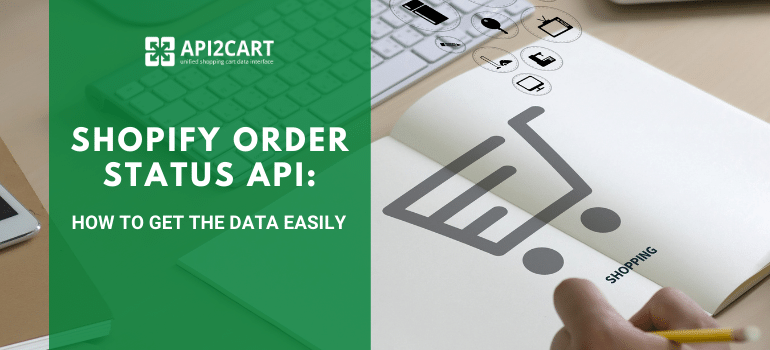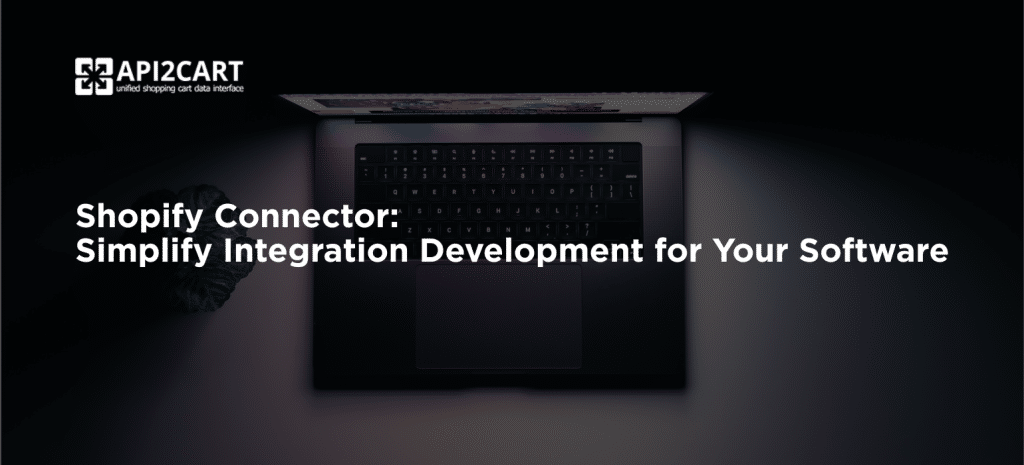
Order management is one of the most tedious tasks when it comes to managing an eCommerce business. Every eCommerce software needs access to orders to carry out its core functions. Inventory, ERP, multi-channel, warehouse management, and even order management systems are worthless without indispensable information like order data.
If you are a software vendor who provides such B2B SaaS solutions to the eCommerce business owners, you must know the importance of connecting with eCommerce platforms like Shopify. Your system needs order data, including the status of an order which can be accessed only via eCommerce integration.
Before we dive deep into the process of retrieving orders from Shopify, let us first understand the importance of Shopify as an eCommerce platform and its place in the SaaS sphere.
Key Facts about Shopify
Shopify is one of the most popular eCommerce platforms flourishing to date. With 3 million online stores currently running over the platform, Shopify has captured more than 7 billion dollars worth of sales.
It has an amazing presence in 175 countries across the globe. Out of these countries, the major players include the United States (921,000+ online stores), United Kingdom (49,000+ online stores), Australia (38,000+ online stores), and Canada (29,000+ online stores). Therefore, if you are willing to expand your SaaS business in these countries, you need to integrate your eCommerce software with Shopify.
The opportunities associated with the Shopify platform are countless, and as software vendors, you can make the most of the platform’s customer base if your software has advanced features.
That said, Shopify API is the tool that you need to understand thoroughly so you can integrate your software with the Shopify platform. It is a piece of software code that allows software vendors like B2B eCommerce solution providers to access store data from the Shopify platform and use it for their software’s enhanced functionality. Shopify order status API is one such API that allows you to access order status from all the online stores built on Shopify.
Shopify API supports both the formats - JSON and XML and can work with HTTP requests like GET, POST, DELETE, and PUT. Moreover, the API can support many methods related to store data such as Category, Customer, Product, Order, etc. The software vendors can use these methods as per their software needs.
However, there are certain challenges associated while working with Shopify API.
Shopify Integration Challenges
Although integration with Shopify API is paramount for eCommerce software vendors, the process of integration is not easy. Shopify API and the procedure itself are complicated and poses many difficulties in front of the integration developers.
Take a look at some of the possible challenges of API integration.
Shopify keeps updating its API for security reasons. Therefore the software vendors connecting with Shopify need to be careful while developing integrations.
Shopify API has a complex architecture that needs to be understood well before establishing integration. Such an integration required advanced developers, which is again a difficult task.
Shopify integration is a costly process as the software vendors need to invest a lot of money in setup, infrastructure, hiring, and training developers, and actually developing integration. It takes around 4000 dollars to establish one integration with Shopify. If you are willing to develop more connections for your clients, it will cost a fortune.
Shopify integration is a time-consuming process. An in-house development team would take 8 weeks to 4 months to complete the integration. Added to it is the time taken to set up the infrastructure and hire and train the developers. The situation becomes complicated when you have more than one integration to establish.
Shopify integration is not limited to just establishing the connection. It needs proper maintenance and upgrades, as mentioned above. Since the API keeps upgrading, integrations need to be updated to ensure the connections are reliable. This further maintenance and upgrades consume more time, money, and resources from your budget, which you could otherwise use in other business processes that are crucial for you.
Therefore, you need a solution that can help you develop multiple integrations seamlessly without having to invest much.
Your Shopify Integration Solution
When it comes to feasible solutions, API2Cart tops the list of API integration platforms that allows integration between two APIs.
API2Cart is a unified API that allows software vendors to integrate their B2B software with more than 40 eCommerce platforms like Shopify, Amazon, Magento, eBay, WooCommerce, BigCommerce, etc. at once. It eliminates the need to establish separate integrations with all the platforms one by one, unlike in-house integration development.
Moreover, with API2Cart the software vendors can not only access orders but also other information. It icludes products, customers, categories, shipments, inventory, etc. With one connection, you can access all the information you require for your software.
Apart from this, API2Cart provides flexible subscription packages to software vendors. They can choose a suitable plan for their business model. API2Cart also provides integration maintenance and upgrades according to the new versions released by the shopping platforms. Therefore, software vendors don’t need to monitor the latest versions anymore. API2Cart will automatically add them to the integration support.
With API2Cart, you can save all the time, money, and resources you would otherwise be investing in the lengthy and expensive process of in-house integration development. Using a suitable subscription plan, you can avail most of the features of API2Cart at low costs and low maintenance.
How to Get Shopify Order Status via API2Cart API
API2Cart works with more than 100 methods to provide the request data to the software vendors. For example, to get Shopify order statuses it provides the order.status.list method. It returns the following response structure:
{
"return_code":0,
"return_message":"",
"result":{
"count":14,
"cart_order_statuses":[
{
"status":[
{
"id":2,
"name":"Processing"
},
{
"id":3,
"name":"Shipped"
},
{
"id":7,
"name":"Canceled"
},
{
"id":5,
"name":"Complete"
},
{
"id":8,
"name":"Denied"
},
{
"id":9,
"name":"Canceled Reversal"
},
{
"id":10,
"name":"Failed"
},
{
"id":11,
"name":"Refunded"
},
{
"id":12,
"name":"Reversed"
},
{
"id":13,
"name":"Chargeback"
},
{
"id":1,
"name":"Pending"
},
{
"id":16,
"name":"Voided"
},
{
"id":15,
"name":"Processed"
},
{
"id":14,
"name":"Expired"
}
]
}
]
}
}
If you want to get a list of orders you will have to execute the order.list method.
Hence, if you are also willing to establish robust integrations with eCommerce platforms like Shopify, book a free consultation call with us to discuss your business case. We also provide a 14-day free trial period for you to test our service.



